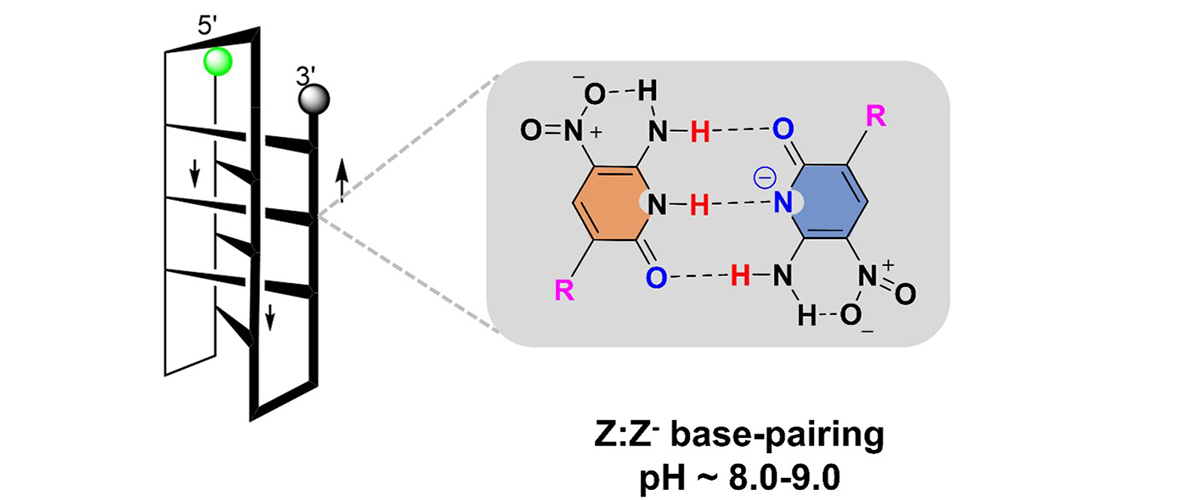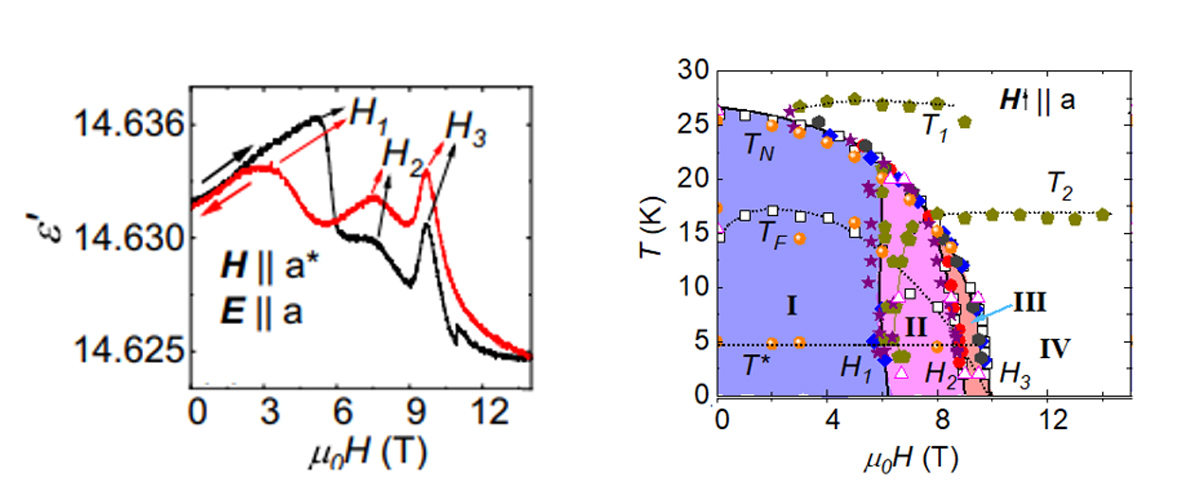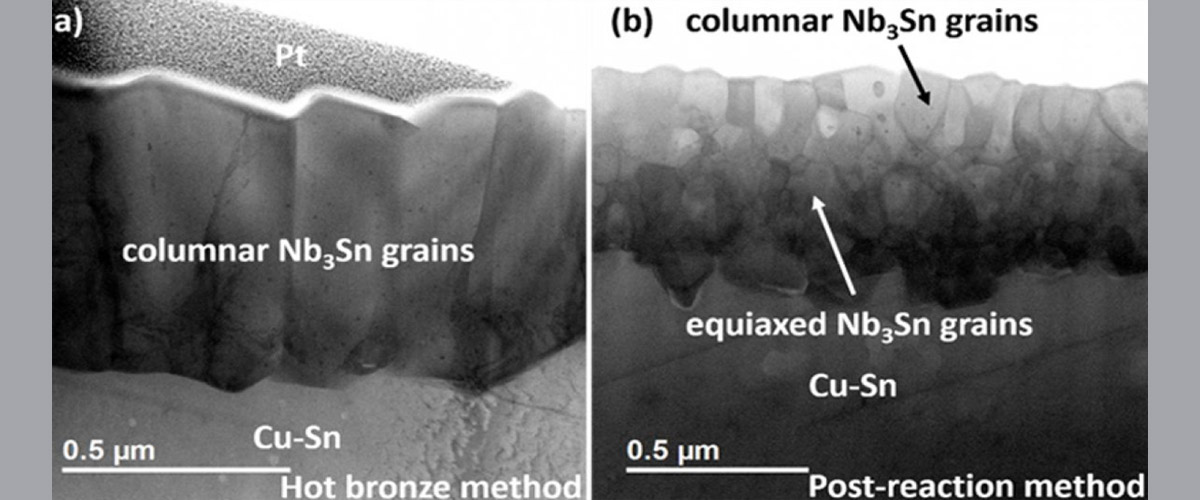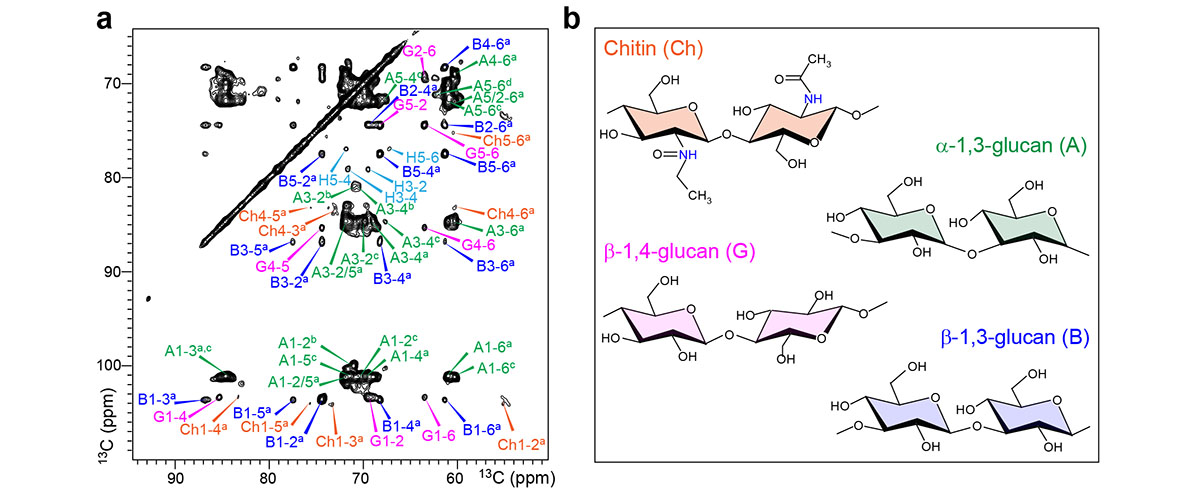What did scientists discover?
Scientists can create synthetic versions of natural polymers like DNA to better understand nature and develop new biotechnological applications. Besides the usual DNA structures (A/U and C pairs), DNA can form other structures. Researchers discovered a new DNA structure, the folded Z-motif (fZ-motif), by adding a synthetic nucleotide (dZ) to the DNA sequence. This new, stable, and compact structure could be important for catalysis and information storage.
Why is this important?
This discovery broadens our knowledge of DNA's potential by using a synthetic nucleotide. The fZ-motif could lead to new technologies like DNA-based sensors and nanomachines, helping us detect environmental changes and explore the origin of life, both on Earth and elsewhere in the cosmos.
Who did the research?
Bang Wang1,2, James R. Rocca2, Zunyi Yang1, Weihong Tan2,3, Steven A. Benner1, et al.
1Foundation for Applied Molecular Evolution; 2University of Florida; 3Hunan University
Why did they need the MagLab?
To confirm the structure of the fZ-motif, many analysis methods were used, including nuclear magnetic resonance (NMR) spectroscopy, which needs a high magnetic field. The MagLab's facilities were crucial for these high-field NMR analyses to study the unique hydrogen bonds and the temperatures and pH ranges where the fZ-motif is stable.
Details for scientists
- View or download the expert-level Science Highlight, A folding motif formed with an expanded genetic alphabet
- Read the full-length publication, A folding motif formed with an expanded genetic alphabet, in Nature Chemistry
Funding
This research was funded by the following grants: K. M. Amm (NSF DMR-2128556); S. A. Benner (NIH GM128186 and GM141391); W. Tan (National Natural Science Foundation of China T2188102)
For more information, contact Joanna Long.






